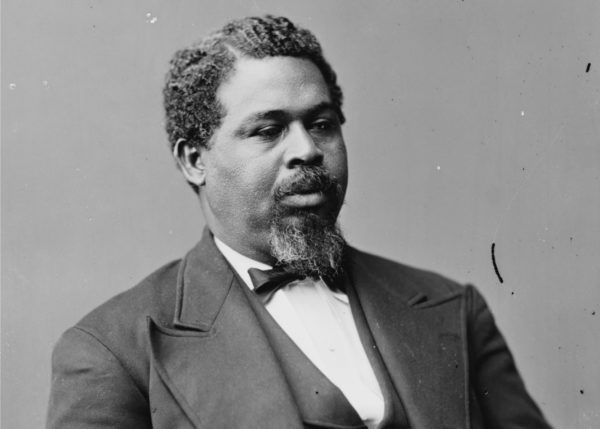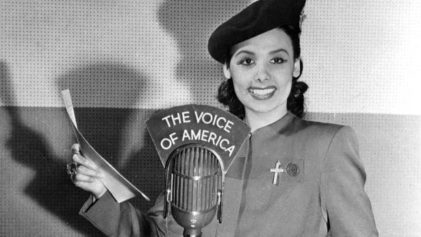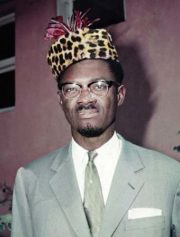
(Wikimedia Commons)
Robert Smalls (April 5, 1939 – Feb. 23, 1915)
- His mother had him sent to the fields to work and see enslaved Africans at the whipping post so Smalls, who was the favored enslaved child, would understand the institution’s horrors.
- The result was Smalls became defiant and he frequently wound up in the Beaufort, S.C. jail.
- Smalls had been planning to escape to freedom and assembled a crew to help him do it. He spent years during his time in the Confederate Navy learning signals and mine locations.
- During the Civil War, the enslaved man commandeered an armed Confederate ship when the white masters went away for drinks.
- He delivered a dozen enslaved people and their families to freedom, steering the ship from Confederate waters to the Union side.
- He reportedly waved cheerfully to the soldiers at Fort Sumter and was prepared to open fire on any suspicious ship, giving them the signal he saw the captain use before.
- Smalls was lauded as a hero in the north and lobbied the Secretary of War Edwin Stanton to begin enlisting Black soldiers. By the time Abraham Lincoln acted, Smalls is reported to have personally recruited 5,000 soldiers.
- After the war, Smalls joined the South Carolina state assembly and Senate and served five nonconsecutive terms in the U.S. House of Representatives.
- “My race needs no special defense for the past history of them and this country,” said Smalls, who died of malaria and diabetes in the house behind which he was born a slave. “It proves them to be equal of any people anywhere. All they need is an equal chance in the battle of life.”
- Smalls has several monuments and markers in his memory, including a Pittsburg fort named Fort Robert Smalls that was built by free Blacks during the Civil War and a statue in Washington D.C.’s National Museum of African American History and Culture.


